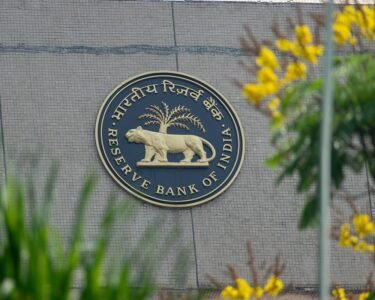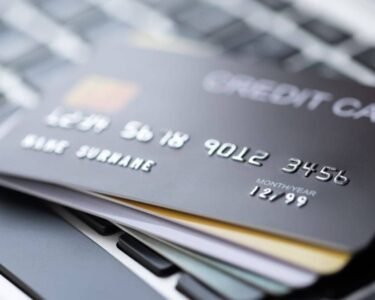She thinks she bought a flight. The airline thinks she bought loyalty points. Credit: Iurii Maksymiv via Canva.com
There was a time when airlines made money by flying planes. Seems obvious, right? You buy a ticket, they get you to your location, and hopefully make a bit of profit along the way. However, that’s no longer the case. Nowadays, some of the most significant airline profits don’t even come from flying, but rather from selling loyalty points to banks, which then, in turn, hand out credit cards like confetti.
Your boarding pass might say ‘passenger,’ but behind the scenes, you’re really just a data point with spending potential. Within that model, the flight is almost beside the point. The real game is on the ground between banks, airlines, and the billions they swap and exchange for your loyalty, and once you see it, you cannot unsee it.
Miles, not miles travelled.
The loyalty programs set by the airlines used to be a thank-you. You flew a lot, and they gave you perks for it. A free flight if you played your cards right, but then the system flipped. Now those points are the product.
Airlines don’t just offer them to Travellers, they sell them in bulk to banks. Those banks then bundle them into credit card offers and pitch them to customers who are chasing rewards, and the cycle begins.
The points flow faster, and the money flows faster, too, with the flights. They seem mostly secondary.
- Delta and American Express’s partnership generates billions of dollars a year more than some airlines make from ticket sales.
- These aren’t side deals; they’re lifelines in some tough quarters. The sale of loyalty points keeps carriers profitable, not flights.
What’s wild is how invisible and behind the scenes this all feels; you tap a card, you earn your miles, somewhere, and an airline just made money without you even taking off. It’s no longer just a loyalty program; it’s more of a financial product with wings.
How the airline credit card works
The interesting thing is that your free flight is someone else’s revenue stream. When banks offer signup bonuses and set targets for 50,000 miles a year or 80,000 miles, they’re not just pulling random points out of thin air.
- They buy them directly from the airline
- Offers a fraction of the perceived value.
- The airline, in turn, logs that as immediate revenue.
- Even before a single engine turns on, money changes hands, real money.
This setup is brilliant, and how simple it is.
- The airlines also have billions of points with almost no overhead cost
- The banks get customer acquisition bait
- The cardholder, chase these Redemption dates that somehow feel more distant every year.
To give you a more concrete example, seat availability becomes scarce, taxes and fees increase, and redemption blackouts become more frequent. However, even then, the system continues to function because it’s built on the premise that points equate to freedom, upgrades, and elite perks.
Even when the reality of the situation is that it’s just the middle seat to another country, if you’re lucky. The best part for those airlines? Is that loyalty points never complain, they don’t need fuel, they don’t need to strike, they don’t need in-flight snacks, they just sit on the balance sheet quietly making things look great.
What does this mean for the passengers?
A normal passenger would fly a couple of times a year, use the branded credit cards, accumulate those miles, only to find that the free flight now costs twice as many points, plus an additional $200 in taxes and fees.
You see that the seat you want is blocked, the dates don’t match, and you’re told to keep checking back, so the reward is not really a thank you, but more like a puzzle with no edges.
The system wasn’t designed to exclude you, but it has evolved into prioritising spenders over travellers. In some cases, people who haven’t flown out for a year but run up credit card bills end up with more perks than those who have boarded planes.
It’s not about where you go, it’s about what you swipe, and the airlines? They’re fine with it because, whether you fly or not, the money is already in the bank.
The bigger picture
You might assume that you’re just taking a flight, a few hours in the sky, but to the airline or something else. Just a purchase history, a profile, and the potential conversion flying used to be a transaction, now it’s a marketing funnel.
You can still change the perks, and you can even earn the status upgrades, but notice the next time you board – you’re not just on the plane; you’re the product.




